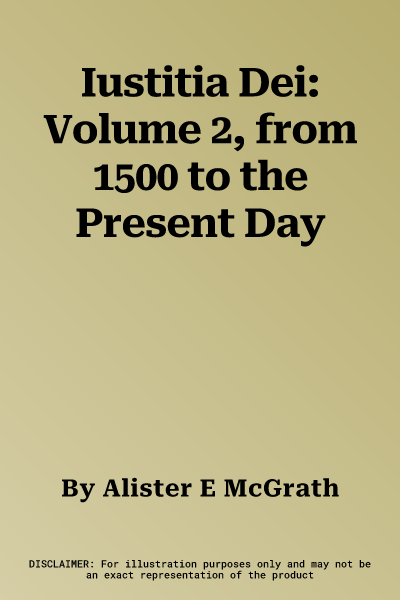Volume I documents the development of the doctrine of justification from
its earliest period to the eve of the Reformation. The work opens with
an analysis of the semantic background of the concept in the world of
the Ancient Near East, and particular attention is paid to the
difficulties of translating the concept into Greek and Latin, After this
the early development of the doctrine is considered, with particular
reference to Augustine of Hippo. In a later chapter, the main features
of the doctrine of justification associated with the five principal
theological schools of the medieval period are established. The
continuity between the later medieval period and the Reformation is
discussed in a final chapter. The work includes a glossary of relevant
theological terms for those not already familiar with the vocabulary of
the period. Volume II documents developments from the Reformation to the
present day. Lutheran and Reformed concepts are considered together with
the teaching of the Council of Trent. English reformers are compared
with continental counterparts; and the development of the doctrine
within Anglicanism is studied with reference to Caroline divines and
John Henry Newman. Modern development since the Enlightenment is
considered with particular reference to Kant, Schleiermacher, Ritschl
and Barth. There has been no comparable study since Ritschl's
three-volume Christliche Lebre von der Rechfertigung und Versöhnung of
1870.

